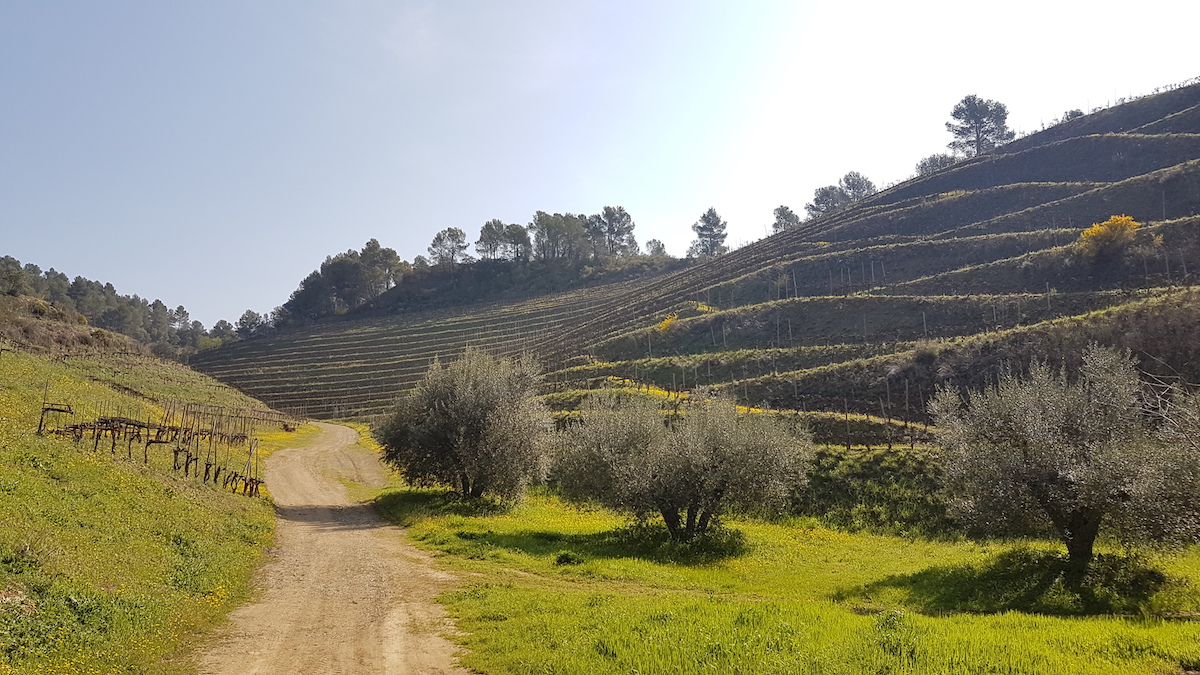
In the 18th century, Grenache and Carignan grape varieties in Priorat were already being commercialised worldwide. Main Europe, but also American markets, valued every bunch of grapes grown with almost titanic effort and sacrifice.
The characteristics of the territory, with mountains that sculpt miles of soil with slate as the main protagonist, caused farmers to occasionally walk for up to 2 hours in order to get to the highest vineyards in Priorat.
In the late 19th century, a blight known as Phylloxera killed most part of Priorat’s vines, which led to a vast abandonment of the land and a population decline in all villages in the area, which transformed the entire landscape.
Over the last decades of the 20th century and the early 21st century, farmers and new producers, most of which are small vineries that picked up their familiar roots linked to Priorat, have been replanting and taking care of this territory, so that it could revive as a true wine region.
From now on, and for the upcoming weeks of April, the burst of spring will transform Priorat’s vineyards; small green shoots pop out of the vines. This is the return of life, the beginning of a new season we look forward to with passion and delight in Priorat, so that we are awarded with a new harvest that will evoke, once again, the essence of a unique territory.

